Search
Search Results
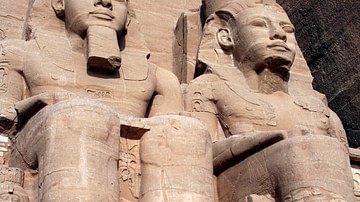
Definition
Ramesses II
Ramesses II (r. 1279-1213 BCE, alternative spellings: Ramses, Rameses) was known to the Egyptians as Userma'atre'setepenre, which means 'Keeper of Harmony and Balance, Strong in Right, Elect of Ra'. He is also known also as Ozymandias and...
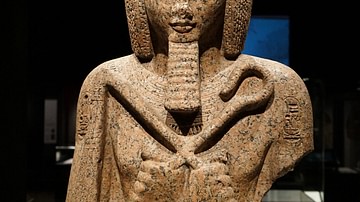
Definition
Pi-Ramesses
Pi-Ramesses (also known as Per-Ramesses, Piramese, Pr-Rameses, Pir-Ramaseu) was the city built as the new capital in the Delta region of ancient Egypt by Ramesses II (known as The Great, 1279-1213 BCE). It was located at the site of the modern...
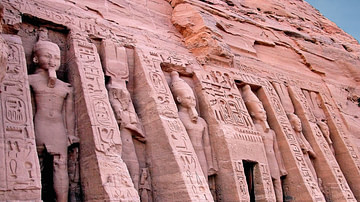
Definition
Abu Simbel
Abu Simbel is an ancient temple complex, originally cut into a solid rock cliff, in southern Egypt and located at the second cataract of the Nile River. The two temples which comprise the site were created during the reign of Ramesses II...
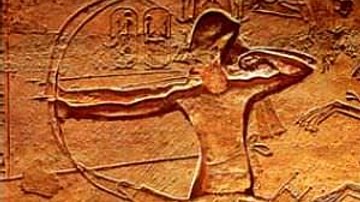
Definition
Kadesh
Kadesh was a city in the region of Syria and an important center of trade in the ancient world. It is probably best known as the site of the famous battle between Pharaoh Ramesses II (The Great, 1279-1213 BCE) of Egypt and King Muwatalli...
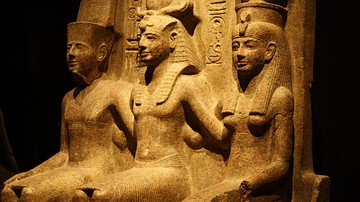
Definition
New Kingdom of Egypt
The New Kingdom (c. 1570- c.1069 BCE) is the era in Egyptian history following the disunity of the Second Intermediate Period (c. 1782-1570 BCE) and preceding the dissolution of the central government at the start of the Third Intermediate...
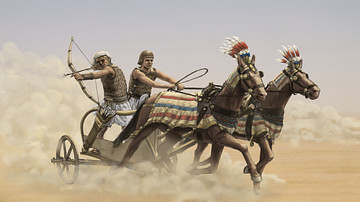
Definition
Ancient Egyptian Warfare
The Narmer Palette, an ancient Egyptian ceremonial engraving, depicts the great king Narmer (c. 3150 BCE) conquering his enemies with the support and approval of his gods. This piece, dating from c. 3200-3000 BCE, was initially thought to...
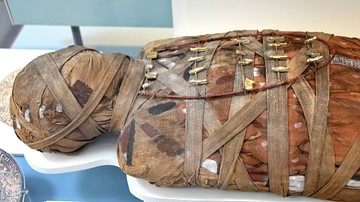
Article
Mummification in Ancient Egypt
The practice of mummifying the dead began in ancient Egypt c. 3500 BCE. The English word mummy comes from the Latin mumia which is derived from the Persian mum meaning 'wax' and refers to an embalmed corpse which was wax-like. The idea of...
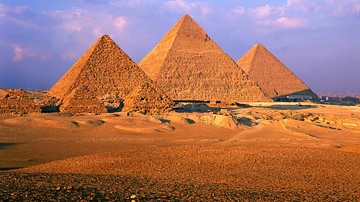
Definition
Ancient Egyptian Architecture
Ancient Egyptian architecture is often associated closely with the pyramids of Giza but was actually quite diverse, taking a number of forms in the construction of administrative buildings, temples, tombs, palaces, and the private homes of...
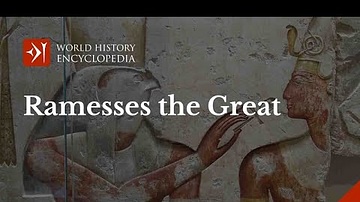
Video
Ramesses the Great, his Long Life and Rule of Ancient Egypt
Ramesses the Great (also known as Ramesses II, as well as the shorter form of his name Ramses) was the third Pharaoh of the Nineteenth Dynasty of Egypt, and not only lived for 96 years but reigned for sixty-six of those years between 1279...

Article
The Battle of Kadesh & the First Peace Treaty
Ramesses II (The Great, 1279-1213 BCE) ruled Egypt for 67 years and, today, the Egyptian landscape still bears testimony to the prosperity of his reign in the many temples and monuments he had built in honor of his conquests and accomplishments...